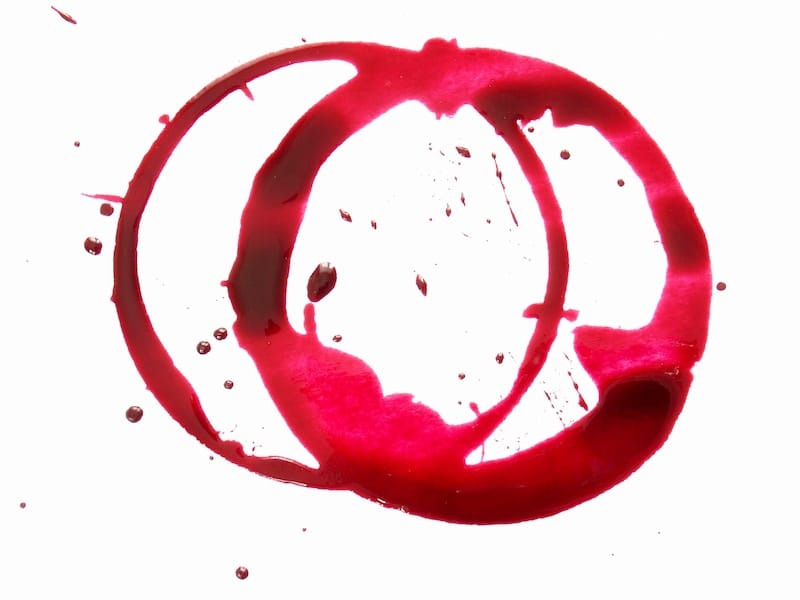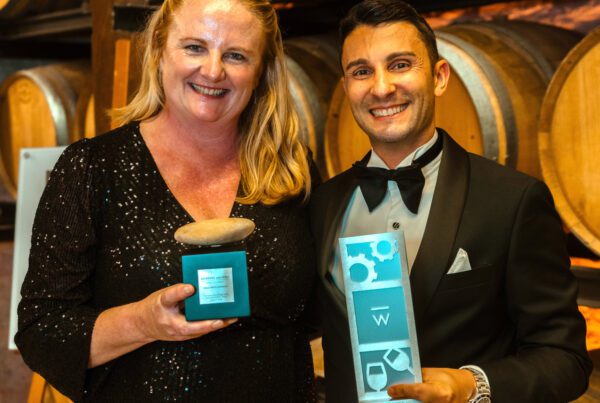
The WSET is an excellent organisation and the systematic approach to tasting wine is a useful tool for unpacking a wine, but it’s not a tool that can be used to describe it.
A glass of wine sits in front of you. A lot of things have happened to put it there. A planet has spun around its sun, seasons have passed batons in their looped relay and grapevines have responded in whatever ways they feel will best help them spread their seed.
Humans with other ideas have shaped and nurtured those vines so they can hand over those seeds, and the sweet juicy flesh enveloping them, to winemakers who believe their role in this complex journey deserves all the credit.
Eventually some hairy backpacker working for beer, food and board will shovel those seeds, seeds born of bigger ambition than this, out of a fermenter, and another will tip them from a forklift into a marc bay behind a tin shed.
Meanwhile, out in the vineyard, the vine begins the process all over again, never knowing it’s just beginning a journey towards a genetic dead end just so you can one day have another glass of wine in the spot you have one now.
So when we sit down to enjoy this liquid congregation of minor miracles, can’t we try and find a way to express our encounter a little more eloquently than “the colour is medium, the intensity medium+.”
I should probably explain why I’m mounting this particular hobbyhorse.

A couple of months back I was marking a small mountain of exams for the Negociants Working with Wine program. Part of the exam requires critical assessment of three wines served blind. While part of that is the forensic process that attempts to pin down the wines to a particular time and place, the more interesting part is the journey through the wine each individual taster took to get there.
And it appears most of the students have forgone the scenic route in favour of the direct but featureless freeway offered by the Wine and Spirit Education Trust Systematic Approach to Tasting Wine.
The availability of WSET programs in Australia has been one of the best developments in Australian wine of the past decade. The Trust has been hugely influential in developing an Australian wine trade more knowledgeable and worldly than it’s ever been before, but I fear it’s making it harder for them to prove it.
For those unaware of how it works, the WSET Systematic Approach to Tasting Wine puts a procedural framework around the experience of tasting wine, requiring tasters to compartmentalise a wine’s component parts along a measurable scale in the hope they can put all the pieces back together again at the end to work out what the wine actually is.
It’s particularly useful in the bizarre world of sommelier competitions and anywhere the ability to identify the identity of a wine is considered the primary purpose of its pouring.
But if you happen to think wine’s greatest asset is its ability to loosen tongues to the point they form beautiful sentences describing what they’re experiencing, then it’s likely to leave you a little depressed.
By the time I’d read papers by a dozen participants in the Working with Wine papers that described Paolo de Marchi’s sublime Cepparello 2007 as a “wine with medium colour, medium + intensity of aroma and medium + acidity finishing with medium tannins and medium + length” I wanted to cry.
After fifty of them I wanted to run a hot bath, drink a bottle and open a vein. The process took most of them to ballpark conclusions, some even nailed the wine completely, but by the time they got there I no longer cared.
Mercifully this was the first of two seminars for the year, so I decided to give a little lecture before participants sat the exam for Seminar Two. After all, these are people who work either as sommeliers or in fine wine retail. Their job is to use words to get people excited about wine.
I can’t imagine a sommelier standing at my shoulder telling me the Mersault would be a good choice because of its “medium+ acidity” so why should it be acceptable on the page.
Once aware of my feelings, participants were able to put together some lovely notes that told me a lot more about how they saw the wines in question than correctly picking their identity ever could.
The WSET is an excellent organisation doing really good work and the Systematic Approach to Tasting Wine is a useful tool for unpacking a wine, but it’s not a tool that can be used to describe it. It ticks boxes but it doesn’t spark emotions. It diminishes the journey in a rush to reach the destination and great wine deserves better than that.
And any sentence that features a mathematical symbol is a crime against humanity.
NICK RYAN is a freelance wine writer. Email nick@nickryanwine.com














Recent Comments